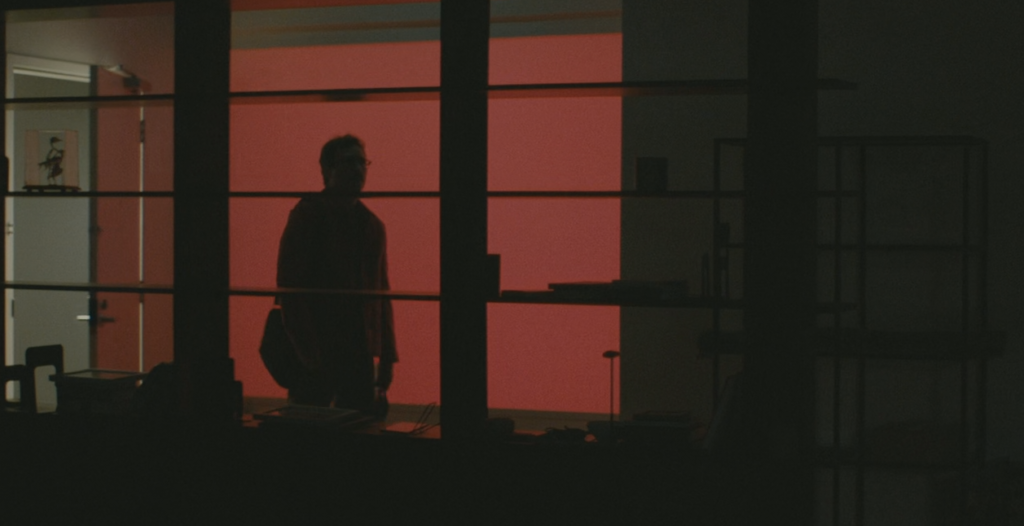A scene in the 2013 movie Her immediately struck me as incredibly understated because essentially, it was a window to our future. At 5:14, Joaquin Phoenix’s character, Theodore, walks into his apartment, and the lights turn on without him doing anything. As he moves from the entryway to the living room, other lights come on, and the previous ones dim slightly. As he reaches a set of chairs and lingers, the light above them slowly turns up. The scene is immediately followed by his character playing a video game on a giant holographic screen controlled by moving his fingers around. I fully expect that to be the image you have of his home when you reflect on the movie. That 21-second scene with no dialogue and no consequence to the plot is the main thing I remember from the film. I was fascinated by the idea that these technologies would be so ubiquitous within a few decades that you wouldn’t even notice or comment on them.
In 2013, there were “Smart Homes” and “Smart Devices.” They were either dense, expensive systems seen in tours of the rich and famous or simple, relatively “dumb” devices that did one or two functions and didn’t network with anything else—the kinds of systems that would be completely outdated in 5 years and a curiosity after 10. The smartest device an average consumer got were mechanical timers that would turn on your Christmas lights or convince burglars that you weren’t on vacation.
That isn’t the case anymore. There are entire ecosystems of products that work together and allow everyone to make their homes a little smarter. But there’s still been a buyer-beware in the space, as companies that produced amazing products have frequently gone bankrupt or just stopped supporting old products, often meaning that, unlike a computer or phone, which when out of support doesn’t get updates, these devices will stop working entirely, becoming e-waste.
However, a group of innovative home manufacturers and tech companies (among them Apple, Google, Samsung, IKEA, and Phillips) has proposed a standard called Matter that will make it so that all devices, or at least all new ones and many older ones, can work together easily. Any device that uses Wi-Fi and are supported can be integrated automatically and even across platforms. So, if you have a Google Nest speaker and an Apple TV, they can soon talk to each other without going through a cloud service first. Ultimately this means that in the future if a company doesn’t want to keep developing or supporting products, they won’t suddenly stop working one day.
As the technology we add to our homes becomes more innovative and more fully featured, it will one day lead to entire systems that can predict our needs, such as turning down the lights as it approaches bedtime, turning on a specific light in the kitchen if you’re cooking, or lights following you from room to room as you come home from work. And hopefully, an AI singularity won’t happen in the background.

